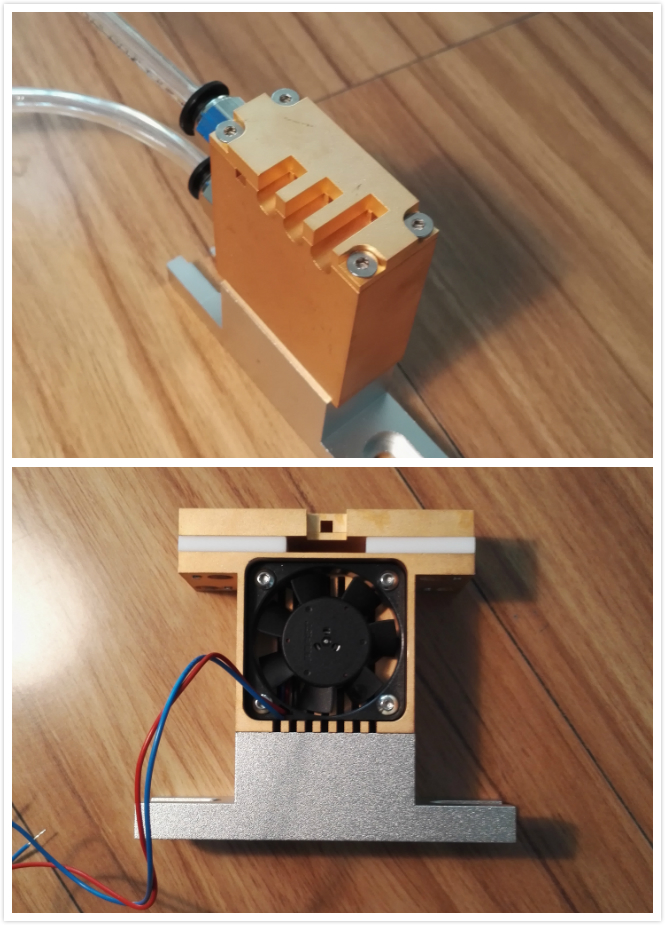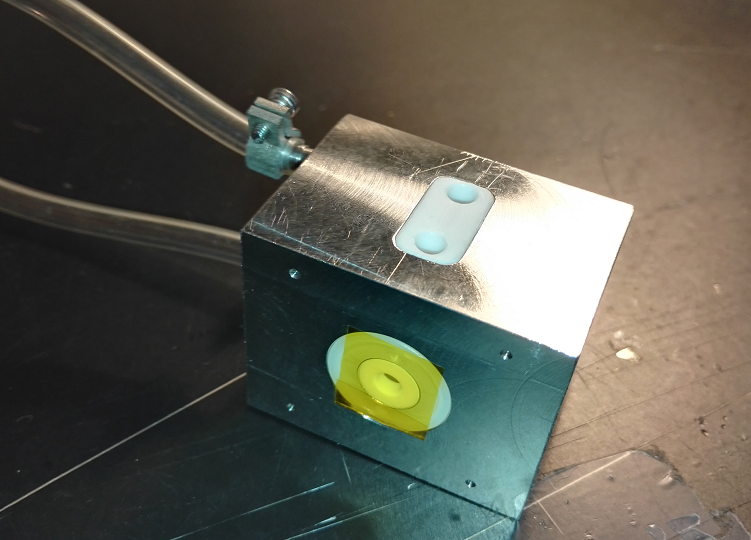At present, the development of home appliances is mainly in three aspects: the networking of home appliances, the informationization of home appliances, and the intelligence of home appliances, corresponding to network appliances, information appliances and smart appliances. Network home appliances are home appliances that use ordinary digital home appliances to improve digital design and network technology. Network appliances can be interconnected to form a home internal network, and at the same time can be connected to the Internet. Currently considered more feasible network appliances include network refrigerators, network air conditioners, network laundry, network microwave ovens, etc. Information Appliance is an innovative product combining computer, telecom and electronic technology with traditional home appliances. Information appliances include PCs, set-top boxes, wireless data communication devices, video game devices, WebTV, IP phones, and more. The message appliance consists of an embedded processor, associated supporting hardware, an embedded operating system, and an application layer software package. In terms of broad classification, information appliance products actually include network home appliances, but message appliances refer to small home information devices with embedded processors, while network appliances refer to a home appliance with network operation functions. product. Smart home appliances are based on the networking and informationization of home appliances, adding artificial intelligence technology, which can easily simulate human thinking activities. Smart home appliances should be able to reflect 3I, namely Internet, InteracTIve, and Intelligent. Compared with traditional household appliances, smart home appliances have the following characteristics: 1 Networking function. Various smart home appliances can be connected through the home LAN, and can also be connected to the manufacturer's service site through the home gateway interface, and finally can be connected to the Internet to realize information sharing. [3] 2 Intelligent. Smart home appliances can automatically respond to different environments, without human intervention. For example, smart air conditioners can automatically adjust their working conditions to achieve the best results according to different seasons, climates and user locations. 3 openness and compatibility. Since the smart home appliances of the user's home may come from different vendors, the smart home appliance platform must be developmental and compatible. 4 Energy saving. Smart home appliances can automatically adjust working hours and working conditions according to the surrounding environment, thus achieving energy saving. 5 ease of use. Since complex control operations have been solved by controllers embedded in smart appliances, users only need to understand very simple operations. Smart home appliances are not just a single home appliance, but a technical system. With the continuous development of human application requirements and intelligent home appliances, the content will be more abundant. The functions of smart home appliances will also vary depending on the actual application environment. The difference, but generally should have the following basic functions: (1) Communication function. Including telephone, network, remote control / alarm, etc. (2) Intelligent control of consumer electronics products. For example, a microwave oven that can automatically control heating time and heating temperature, a smart air conditioner that can automatically adjust temperature and humidity, and a TV/recorder that can automatically search for TV programs and record according to instructions. (3) Interactive intelligent control. The voice control technology can realize the voice control function of the smart home appliance; through various active sensors (such as temperature, sound, action, etc.), the active action response of the smart home appliance can be realized. Users can also define different responses for different smart appliances in different scenarios. (4) Security control function. Including access control system, automatic fire alarm, gas leakage, leakage, water leakage, etc. (5) Health and medical functions. Including health equipment monitoring, remote diagnosis, elderly or patient abnormal monitoring. The rapid development of intelligent control technology and information technology has also provided possibilities for home appliance automation and intelligence. Smart home appliances have home appliances that automatically monitor their own faults, automatic measurements, automatic control, automatic adjustment and remote control center communication functions. In the next few years, more household appliances will have self-learning, self-adaptation, self-coordination, self-diagnosis, self-inference, self-organization, self-correction and other intelligent features, based on digital, triple play, Internet of Things, big data, cloud computing Smart appliances such as application technology will be the backbone of information consumption.
Coupletech Co., Ltd also supplies water cooled modules, air cooled modules and heat-sink system for high power laser. Usually we need to use all kinds of methods, e.g. water cooling, air cooling and heat sink to make the Laser Crystal, nonlinear crystal and Pockels Cell work normally within specified operating temperature range. Thus we need crystal mounts with water cooling, air cooling or heat sinking.
Narrow Aluminium Optical Rail,Narrow Aluminium Rail Carriers,Aluminium Optical Rails Coupletech Co., Ltd. , https://www.coupletech.com

